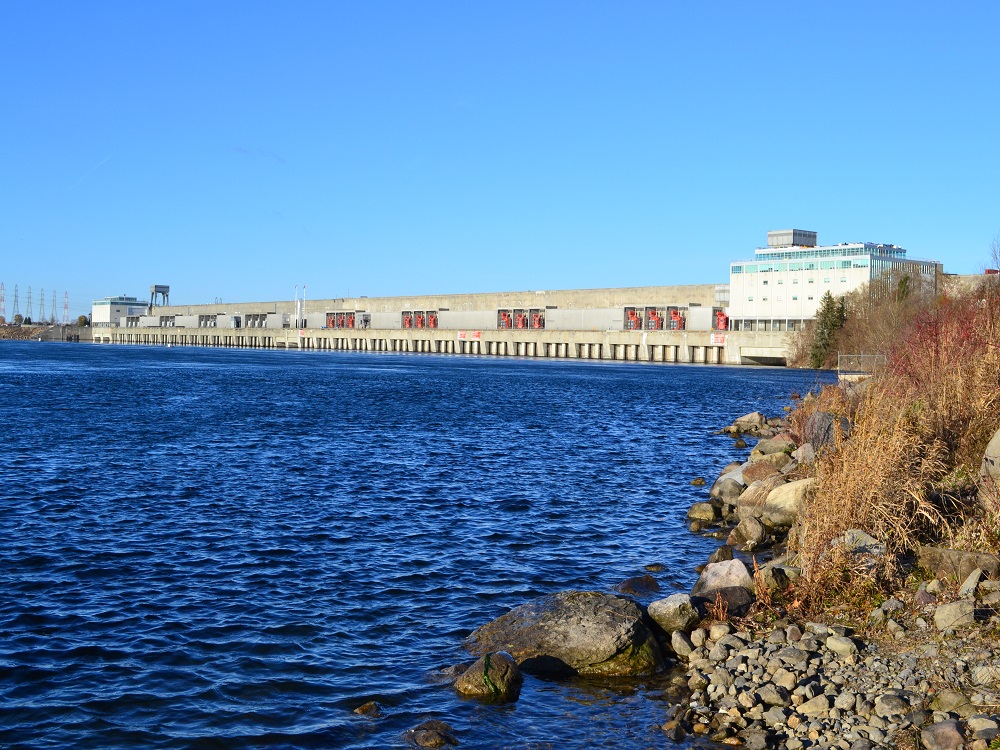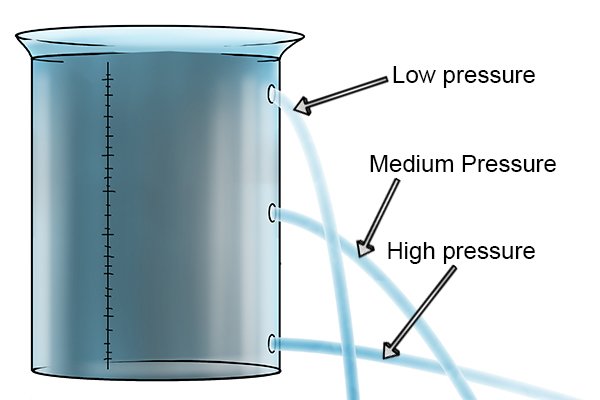The biggest problem I have is with the concept of faster water with less volume: Is there a driving system in place? The only way to increase the outflow of the water while maintaining the same slope, regardless of cross section, is to add more volume. Reducing the volume of a river does not speed it up and there is no way to speed it up without driving it some how.
Dropping the level of a river and then talking about erosion means you are only considering erosion of the banks underwater, below the higher waterlevel mark. These banks are still under attack from erosion by the water regardless of how much water is above them. How can you have lower water levels and higher rates of erosion?
I'm certainly no canal/lock engineer and am not trying to pretend to be. I don't follow their logic at all. I have worked as a furniture design and production engineer, I've engineered computer systems and networks and some my share of logic coding in various languages including AutoCAD's AutoLISP, and this logic does not compute.
-Will (Dragonfly)
I’m been pondering on this

So here’s the logic of the IJC statement as
I see it. However with the caveat that I’m like a broken clock - only right twice a day

Outflow from the lake is what is being released from the dam on the river. Max last year was 10,400, setting right now is 9,000 down from 9,650 as they needed to reduce flow to install safety equipment at the dam
The supply of that water is lake level - river level - reservoir at the dam.
To my logic anything downstream of the dam if it was set to 10,400 should be the same as last year as the same quantity of water would be in the channel flowing to the ocean so to me no increase in any risk.
So that leaves upstream. I can sort of understand that if the supply level is lower that would mean the “size of the pipe” carrying the water would be “smaller” than last years higher lake level. If you move more water through the smaller pipe it would have to move faster so MORE current - higher risks.
If my logic is sound we are talking about a relatively short section of the river. Kingston to Cornwall ~ 160km. Kingston to Quebec City would be ~ 500km. Even then part of that 160km is relatively flat broad channel.
I wonder how much more current the 10,400 - 9,650 = 750 would cause???




